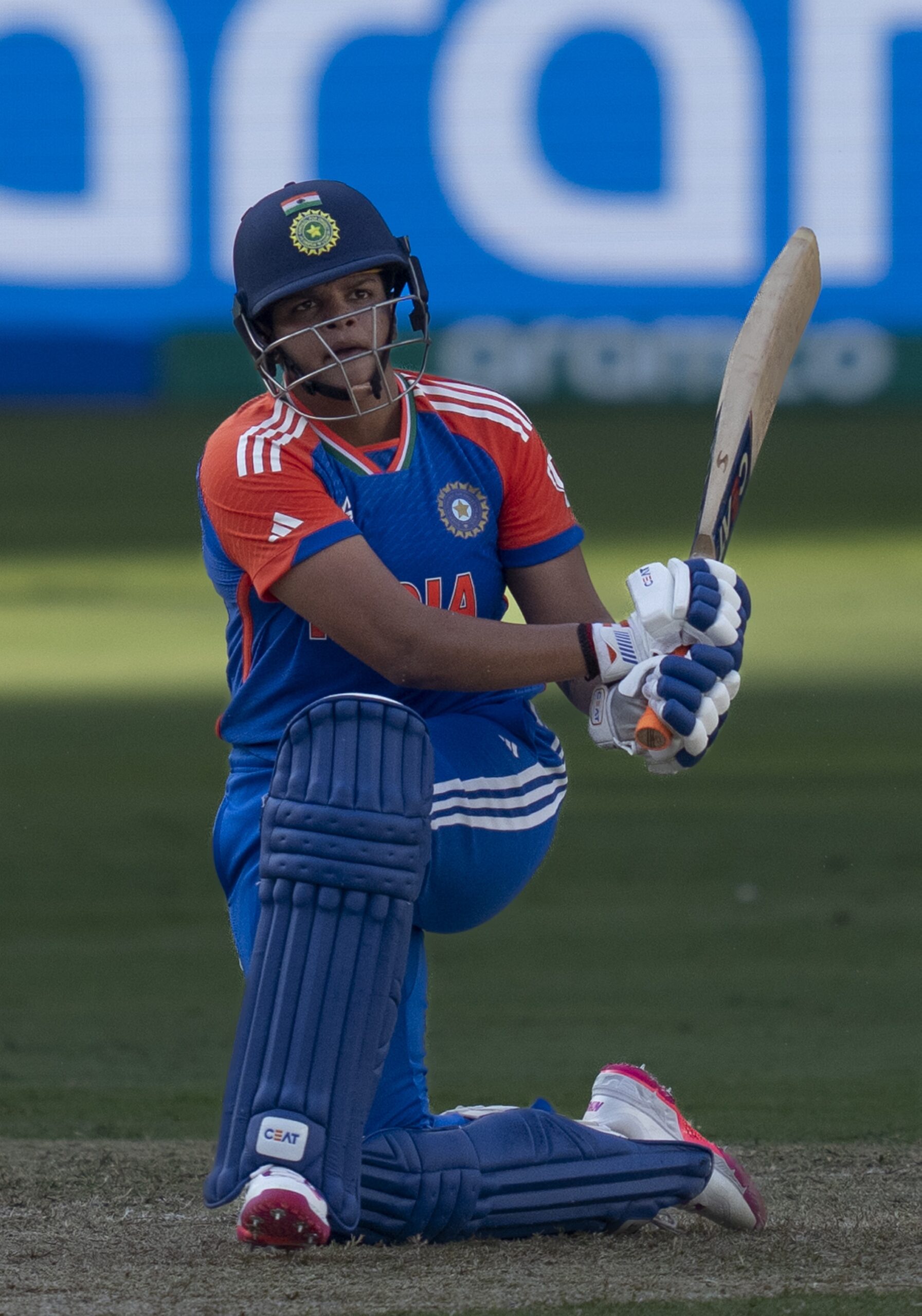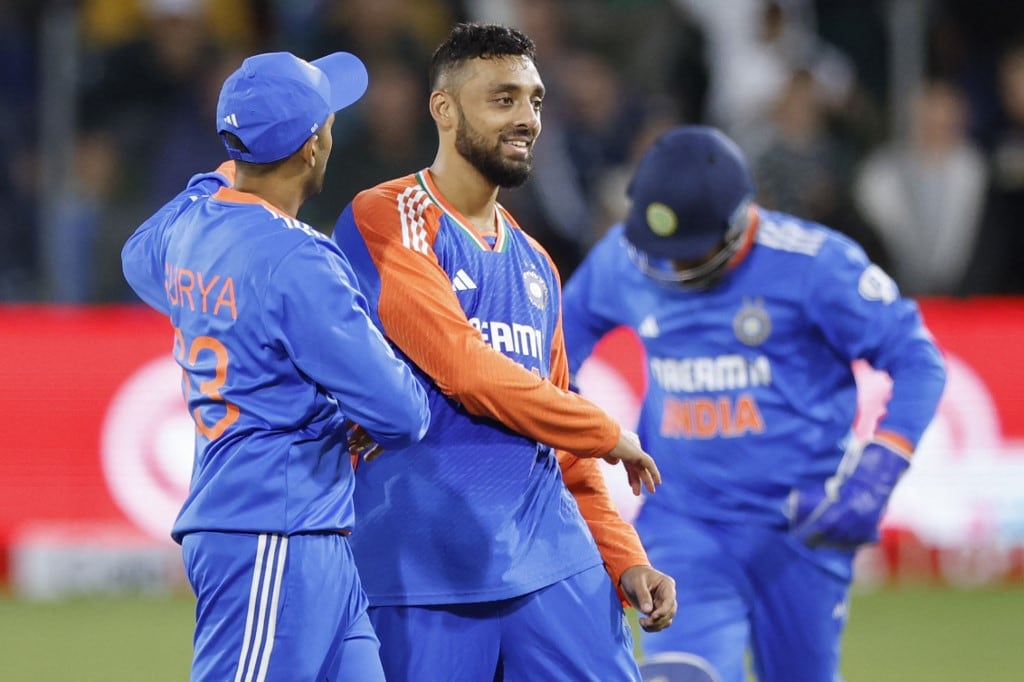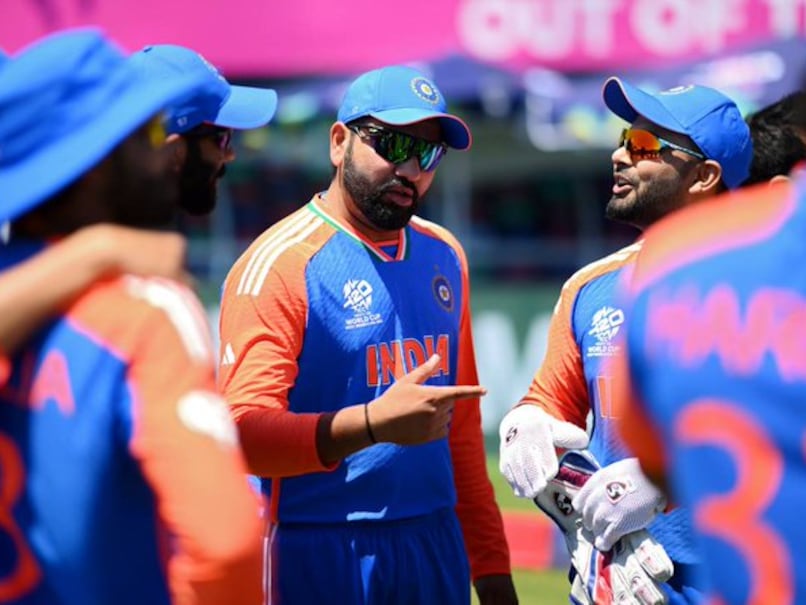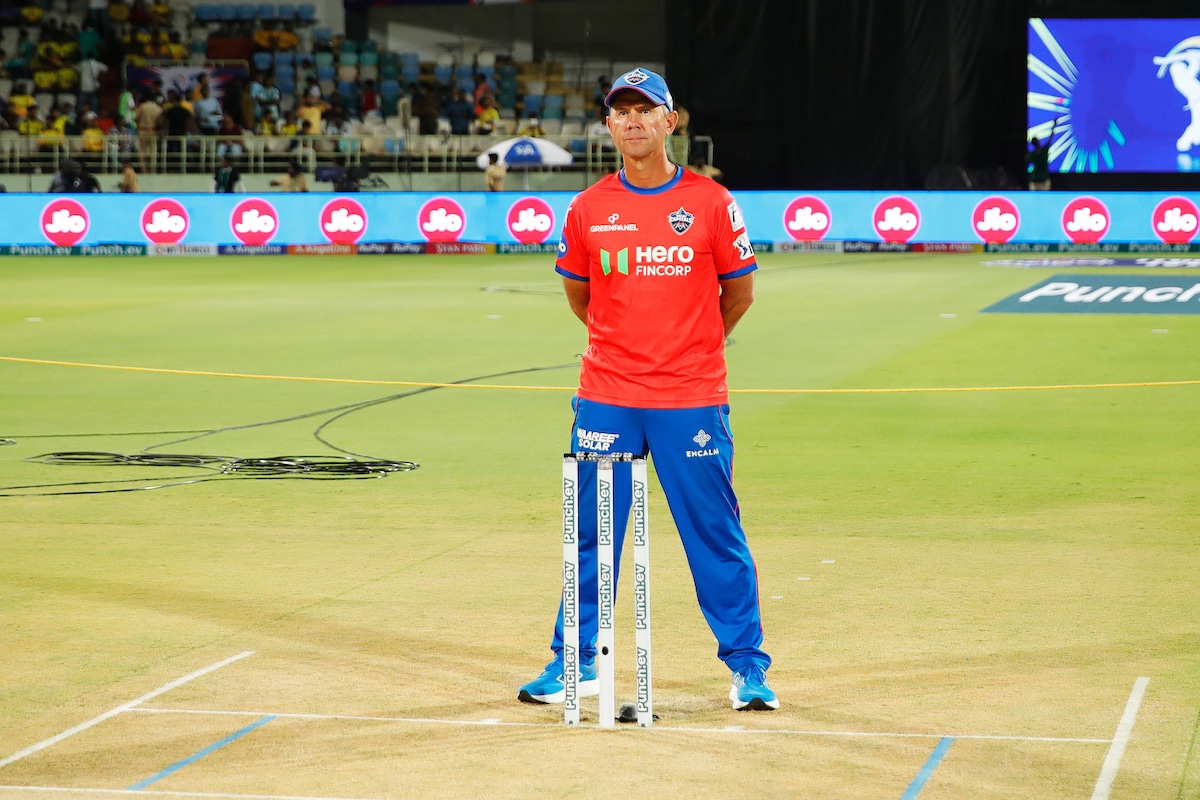Varun Chakaravarthy, after being dropped from the Indian cricket team, went back to the basics and made significant changes to his bowling technique. Reflecting on his learnings from his first stint with the team, Chakaravarthy shared the details of his journey. “I had to go to the drawing board and check out all my videos,” Chakaravarthy said. “I figured out that I was bowling side spin, and it was not working out in the higher levels. So, I had to change everything about my bowling, and it took me two years and I started bowling in the local leagues and IPL also. So, it worked there, and I have started bowling it on the international stage and it’s working out for me,” he said exclusively on JioCinema after India’s three-wicket loss to South Africa in the second T20I.
His dedication to improving his craft involved a complete overhaul of his bowling technique, which he successfully tested in local leagues and the IPL before bringing it back to the international stage. Chakaravarthy’s persistence and hard work have paid off, as he now sees the results in his performances for the Indian team.
Tristan Stubbs and Gerald Coetzee brought South Africa home with a three-wicket win to level the series at 1-1 in the second T20I against India at Gqeberha on Sunday.
St George’s Park witnessed an absolute low-scoring humdinger, where South Africa needed its power hitters to see off the 125-run chase, a straightforward task which they ended up making a complicated journey.
On a night when the likes of David Miller and Heinrich Klaasen failed to deliver, the young budding talents rose to the challenge restore parity in the series.
South Africa openers Ryan Rickelton and Reeza Hendricks went all guns blazing in the powerplay before the low-scoring contest turned out to be a topsy-turvy affair.
Within the blink of an eye, the hosts were 22/0 in 2.4 overs, a complete contrast to the start that India had. The visitors needed a breakthrough and Arshdeep Singh drew the first blood.
A slower ball, the ace in the hole hidden in the pacer’s sleeve was enough to make Rickelton commit to his shot early and hole it straight to Rinku Singh.
Varun Chakaravarthy ended skipper Aiden Markram’s painful crusade by cleaning him up for 3(8) in the final over of the powerplay.
The runs started to dry up and Chakaravarthy was keen to make the most of the opening. He slipped in a googly past the gap between Reeza’s (23) pad and gap to get his second of the night.
The magic continued from the mystery spinner with Marco Jansen (7), Heinrich Klaasen (2) and David Miller (0) perishing to Chakaravarthy’s stroke of genius. He finished with mouth-watering figures of 5/17.
The game slowly slipped out of South Africa’s grasp after Ravi Bishnoi castled Andile Simelane which left the hosts tottering at 88/7.
South African camp fell to silence as they slowly processed the idea of going 2-0 down in the series. With four overs left and still 37 runs away from victory, Coetzee and Stubbs took it upon themselves to see off the chase.
The fireworks eclipsed Chakaravarthy’s masterclass which was the talking point of the game till now. Coetzee set the tone by smoking the ball for a 103m six, marking the beginning of a boundary gala in Gqeberha.
The crowd stood on their feet with the duo going after everything that came their way. When composure and precision were required, Avesh Khan lacked all of it and spilt 12 runs in the 18th over.
With the equation down to 13 needed in two overs, the game was well away from India. Stubbs showed his reach by opening his arms against Arshdeep to wrap up the game quickly.
Stubbs started the over with two fours and ended it in a similar fashion to finish the game in style with an over to spare.
Stubbs ended the match unbeaten with 47(41) while Coetzee ended the game with a quick-fire 19(9)*.
Earlier in the match, after South Africa won the toss and put India to field first, the current T20 World Cup champions were off to a poor start.
Pace duo of Marco Jansen and Gerald Coetzee quickly got rid of swashbuckling openers Sanju Samson (0) and Abhishek Sharma (5). After making centuries in the previous two of his T20Is, Sanju experienced the lowest of the lows.
India was 5/2 in 1.5 overs. Skipper Suryakumar Yadav could not also stay for long, continuing his hot and cold year in T20Is. He was trapped leg-before-wicket by pacer Andile Simelane for just four runs in nine balls. India was 15/3 in four overs.
Left-handers Tilak Varma and Axar Patel steered India through the remainder of the powerplay without any loss of wicket, ending the sixth over at 34/3, with Tilak (13*) and Axar (10*) unbeaten.
However, their partnership was cut short at just 30 runs. Tilak drove an outside-off tossed delivery by skipper Aiden Markram, which landed into the hands of David Miller at covers, removing the youngster for 20 in 20 balls, with a four and six. India was 45/4 in eight overs.
With the help of a four by Axar on a Keshav Maharaj delivery through the covers, India reached the 50-run mark in 8.5 overs.
Axar and Hardik Pandya were just forming another partnership, when an unfortunate run-out ended Axar’s stay at the crease for 21-ball 27, with four boundaries. India was 70/5 in 11.5 overs.
After 15 overs, India was 86/5, with Hardik (13*) and Rinku Singh (9*) unbeaten.Rinku’s stay at the crease was also shortlived as he could make just nine runs in 11 balls, giving Nqabayomzi Peter his first wicket. Gerald Coetzee took a fine catch as Rinku attempted a slog sweep. India was 87/6 in 15.2 overs.
India reached the 100-run mark in 16.5 overs.
Hardik released some pressure in the 18th over, hitting Jansen for two fours and a six, taking the score to 115/6. However, the next over by Coetzee could give India only three runs as Pandya struggled to play him and missed two low full tosses.
India’s innings ended on 124/6, with Hardik (39* in 44 balls, with four boundaries and a six) and Arshdeep Singh (7* in six balls, with a six).
Coetzee and Jansen created problems for India, delivering quality spells of 1/25 each in their four overs. Markram, Peter, and Andile also got a scalp each.
Topics mentioned in this article



















